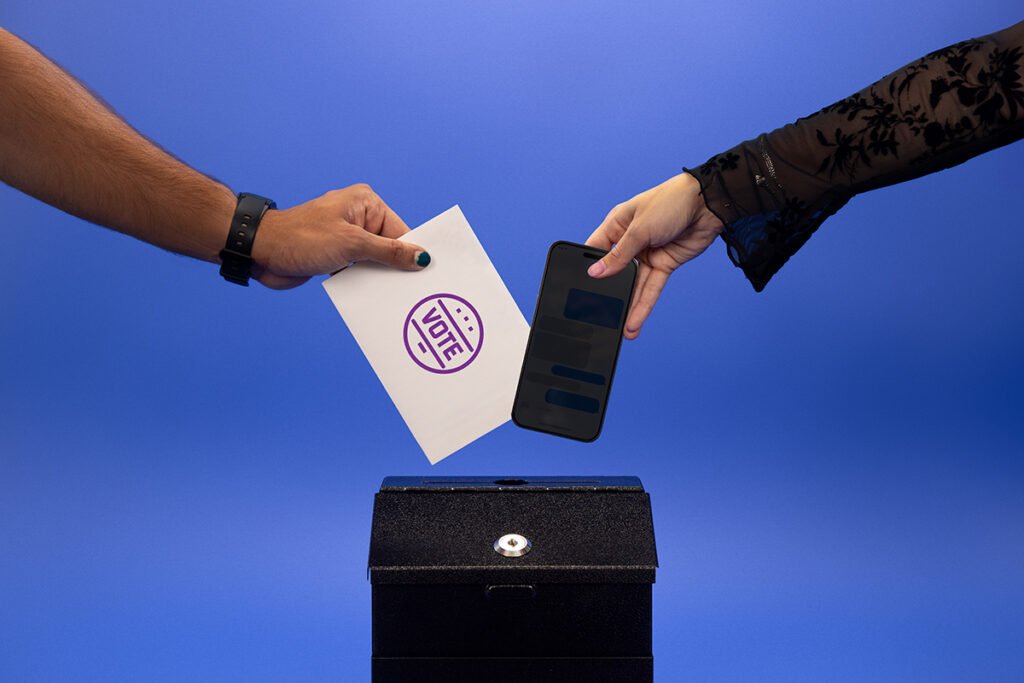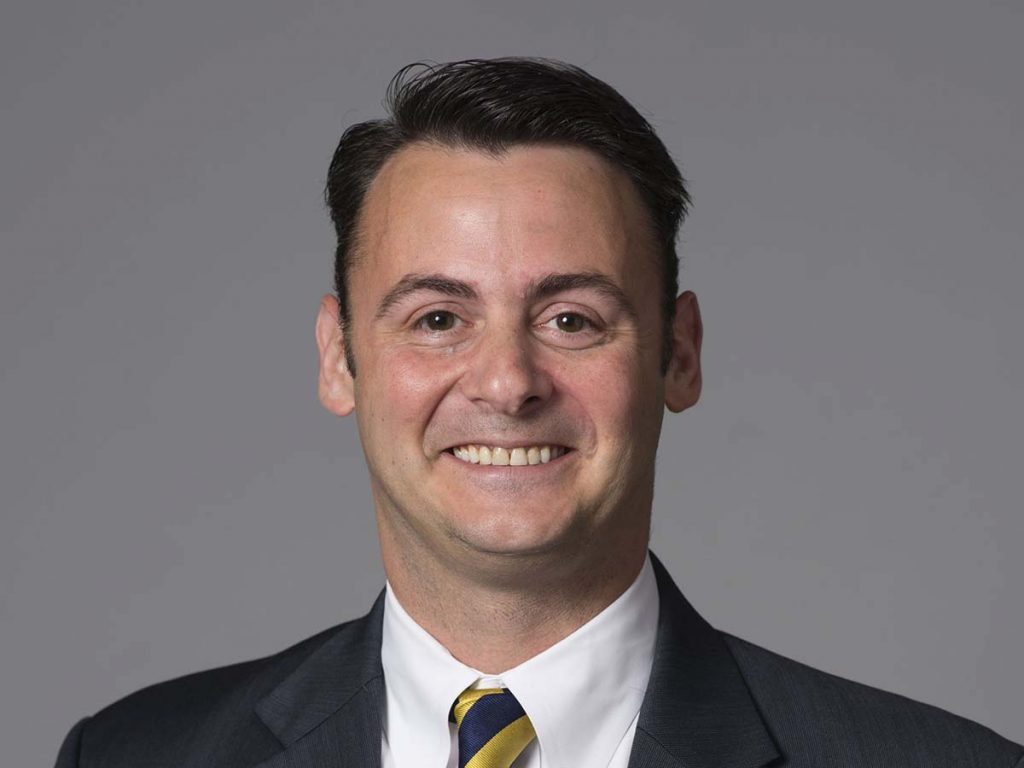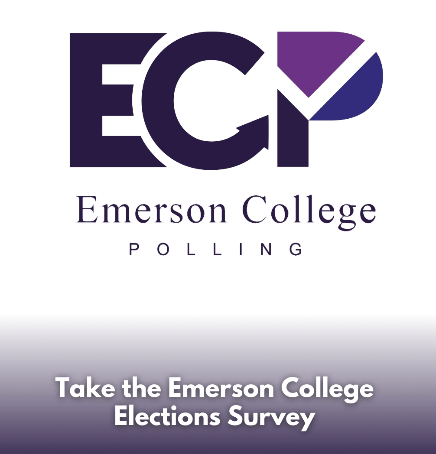Emerson College Redefines Political Polling Landscape

The New York Times gives additional weight to Emerson College Polling results, and media across the country frequently cite their polls, because of its track record of accuracy and commitment to transparency.
Since its launch in 2012, the program has embraced new data collection methods and adopted evolving communication technologies, decisions that have helped Emerson College Polling achieve consistently reliable results.

That reliability has earned Emerson College Polling a place in the reportage of media outlets across the country, as well as a “star” of approval from The New York Times. The Times aggregates every poll collected by FiveThirtyEight, a political data site affiliated with ABC News, and assigns a weight to those pollsters (denoted by a star on The New York Times) based on five “rough proxies” for quality: track record, professionalism, methodology, partisanship, and experience.
Two examples of the program’s success: In 2020, the final national Emerson College Poll had President Joe Biden leading former President Donald Trump by 4.2 percentage points; Biden won by 4.4 points—about as close a prediction as possible.
In this June’s Democratic Party primary for New York’s 16th Congressional District race, Emerson Polling was within a point of the actual margin with George Latimer +17, and he defeated incumbent Jamaal Bowman by 17.2.
Check out Emerson College Polling’s latest results about national, Senate, state, and Congressional elections.
Emerson polls have developed such a proven track record, that media, including The Wall Street Journal (see video below), quickly turned to Emerson College Polling Director Spencer Kimball for analysis when Biden decided not to seek reelection in July.
Methodology Mavericks
One of the key ways the program has remained a leader in the polling field is by leveraging new technologies, such as text-to-web polling and online panels. In 2018, Emerson’s most accurate results came from a mix of online and landline polling. By 2020, text messaging was added, a method still in use.

Text-to-web polls contact people from voter registration lists. Participants receive a text with an image that indicates the poll is from Emerson College Polling, and a link to a survey they answer at a time convenient for them. Text messaging reaches younger people and marginalized groups who may not respond to the classic landline phone call.
Emerson Polling also prides itself on trying other emerging technologies, this year incorporating pre-matched panelists, using voter files and other data points to confirm that poll participants are in the states they say they are located.
“We’re always innovating,” said Kimball. “We test new modes to see how they perform, and as our channels of communication continue to evolve, so do the data collection methods of the program.”
Although new technologies have emerged, Emerson Polling also continues to embrace traditional methods to reach specific populations.
Landline phone calls are still used, in part because they reach an older and typically rural demographic.

“We meet people where they are,” said Matt Taglia, Senior Director of Emerson College Polling.
“2016 was effectively the stone age for many pollsters, who still relied on 30-minute phone calls with a live operator to collect their data. Most people – and especially young people – don’t have the time or patience for that,” Taglia said.“We take a mixed-mode approach using shorter, more engaging surveys to maximize the depth and breadth of the people we reach.
“Other pollsters are just now catching up to this methodology,” Taglia said.
Classroom as Laboratory
Elections, according to Kimball, are proving grounds for determining the effectiveness of these innovations.
“Elections reveal if our data is skewed, helping us refine our methods,” Kimball explained. “We’re poised for tremendous growth, because we’re leaders in innovation.”

Camille Mumford ’20, MA ’22, a former student of Kimball’s during the 2016 election, and now Emerson Polling Communications Director and an affiliated faculty member in Emerson’s Communication Studies Department, teaches a class called Survey Research Methods. She reflected on the educational impact of the program.
“Students in Communication Studies and Political Communication learn the survey research industry in the classroom,” said Mumford. “We collaborate across departments to show how important understanding surveys and audience analysis is.”
This collaboration includes partnerships with Writing, Literature & Publishing Associate Professor Susanne Althoff’s Writing for The Boston Globe class, which worked with Emerson Polling last spring to survey 6,000 New Englanders on their opinions about higher education.
Students are witnessing firsthand the future of data collection—and, Kimball suggests, the classroom is the best laboratory for testing ideas that shape the future.
The future of polling also presents opportunities beyond politics. Election polling is a billion-dollar industry and survey research is about an $8 billion industry, Kimball said. Emerson Polling is eyeing broader applications in market research, academia, and health communications.
“We’ve only scratched the surface,” said Kimball. “We’ve done COVID, vaccine, and health studies like bird flu and fatty liver disease. There’s a lot of research we can now conduct using these new data collection methods which were too costly to conduct in the past.”
Categories